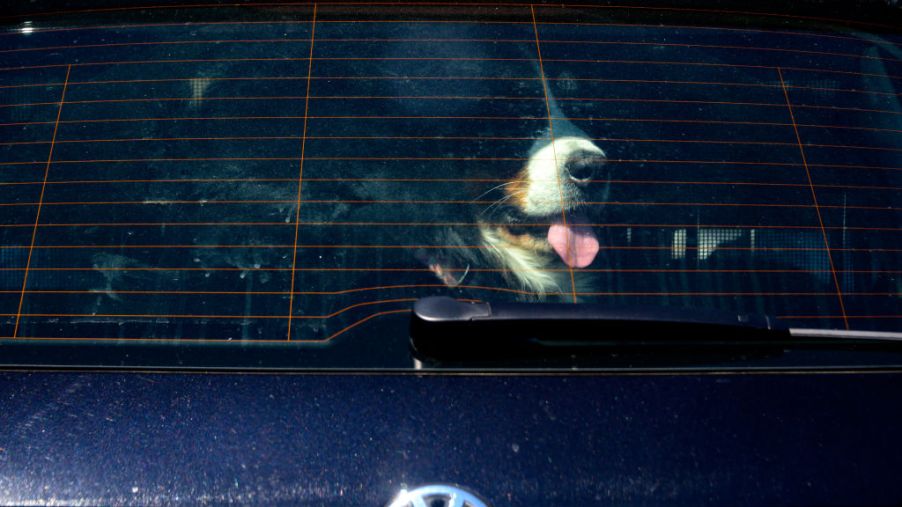
Why Back-Seat Occupant Alert Systems Could Soon Come Standard on All New Vehicles
Vehicle safety has come leaps and bounds since automobiles first existed. Today’s cars offer more advanced safety features than ever before, with lawmakers and automakers trying to keep everyone safe on the roads.
One safety concern is changing the way car companies look at tech and creating new standards to ensure no person or animal gets left in a car. Back-seat occupant alert systems are growing in popularity with automakers. Will it become the next safety requirement for all new vehicles?
What are back-seat occupant alert systems?
When a child or animal is accidentally left in a vehicle, it can prove fatal. Unattended humans and animals must face possible accidents and robberies, as well as extreme temperatures. A car’s interior heats up quickly, and a child’s body can overheat three to five times faster than adults.
According to KidsandCars.org, an average of 38 children die in hot cars in the U.S. every year. And there have been 31 vehicular heat-stroke deaths in 2019 so far. While it isn’t necessarily common to leave your child behind, automakers have found a way to help prevent the problem altogether.
Back-seat occupant alert systems are technological features used by automakers to prevent tragic accidents. These systems help alert drivers that there is someone left in the car. As evidenced by one automaker recently, we’ll see more of these systems in the future.
Automakers lead the way
Automakers aren’t necessarily waiting for laws to pass in order to provide drivers with advanced safety systems. Tech features like emergency braking and pedestrian detection are considered standard in many lineups. Hyundai recently announced its commitment to offering better safety features by adding rear-seat occupant alert technology to its vehicles.
According to Car and Driver, Hyundai plans to add Rear Occupant Alert by the year 2022. The smart technology can track open and closed doors and alert you when someone may be left in the back.
The new Hyundai Palisade and Santa Fe offer a more advanced version called Ultrasonic Rear Occupant Alert. This feature uses ultrasonic sensor detection to alert you when movement is detected in the car after you’ve left it. The vehicle will enable the lights to flash, the horn to honk, and an alert to be sent to your phone.
But Hyundai is only the latest automaker to commit to using the technology. Nissan, General Motors, Kia, and Subaru are all currently using tech of a similar nature. According to CNET RoadShow, General Motors added a version of the feature to more than 20 models. Subaru added the technology standard in the new Ascent SUV. Nissan even announced in 2018 that it would be standard on all of their four-door vehicle models.
Will it be the next requirement for new cars?
Technology doesn’t just provide us with cool features; it’s also a way to be safer. As technology and design progress, lawmakers see the benefits. As of May 2018 for instance, the National Highway Transportation Safety Administration required all new vehicles to come with rearview video systems.
For the past three years, lawmakers and organizations have worked on the HOT CARS Act, which stands for Helping Overcome Trauma for Children Alone in Rear Seats. According to KidsandCars.org, lawmakers in the U.S. House and Senate want HOT CARS Act to make it a requirement for all new vehicles to be equipped with a sensor and alert system.
According to the Wall Street Journal, this bipartisan effort includes the Alliance of Automobile Manufacturers, representing 12 of the largest American and foreign-brand car makers. With the strength of lawmakers, safety organizations, and automakers focused on vehicle safety, we may see these alert systems in all new cars soon.


